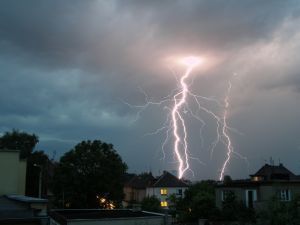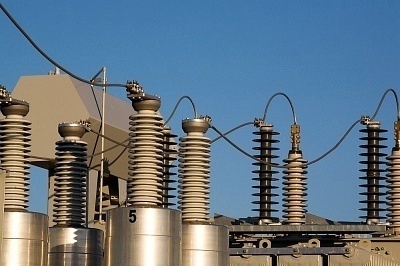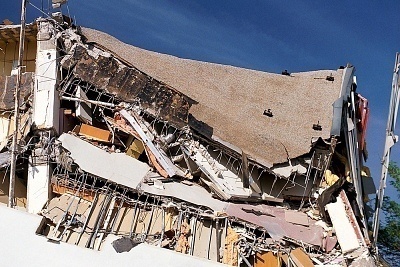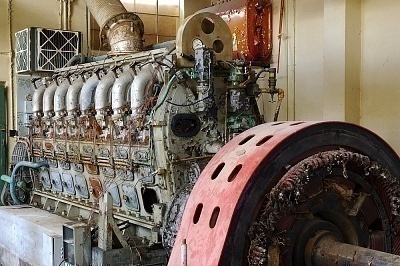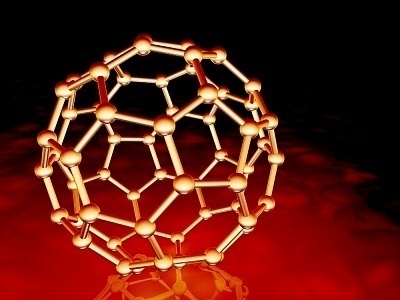How Thunderstorms Form
There are three stages to a thunderstorm’s life cycle: the cumulus stage, the mature stage, and the dissipation stage. When a thunderstorm begins to form, it does so at the cumulus stage. From there, the storm advances in severity until it reaches its peak at the mature stage and then begins to gradually die out …

